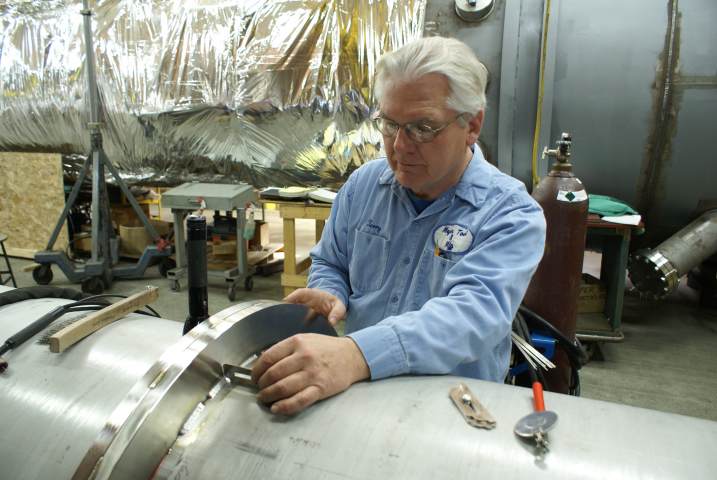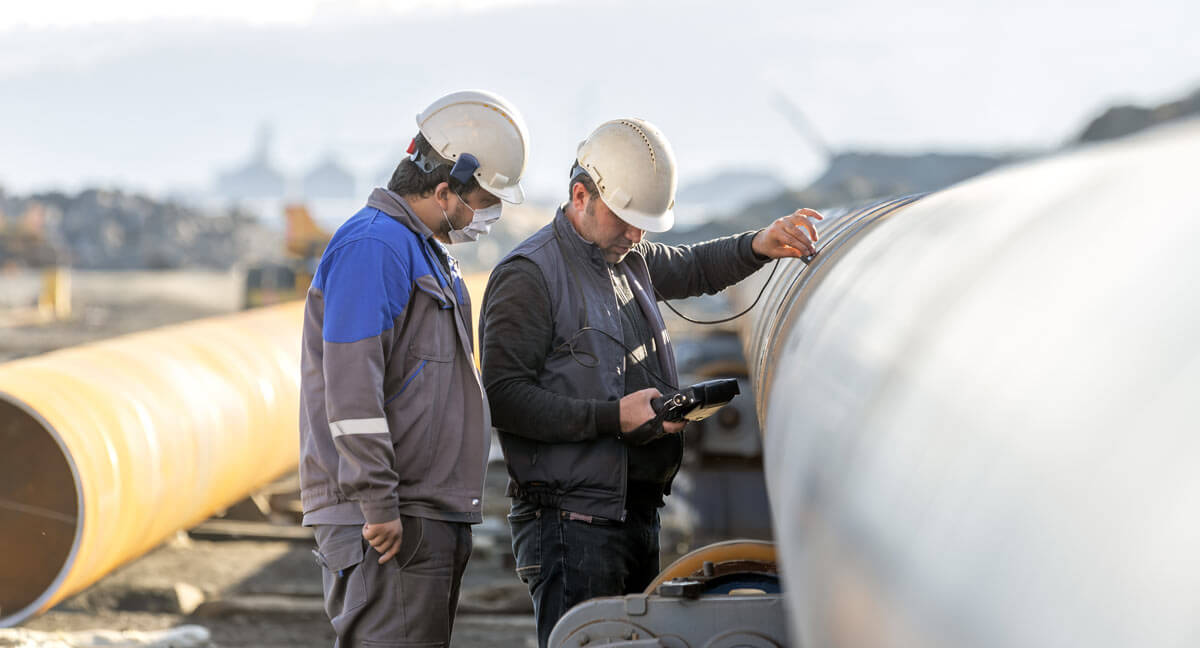How Welding Examination Works: A Comprehensive Analysis of Techniques, Criteria, and the Function of Assessors in Ensuring Structural Honesty and Safety
Welding inspection is an important element in the construction and manufacturing industries, where the honesty of bonded joints is extremely important to security and dependability. Inspectors are tasked with not only examining weld top quality versus strict requirements but additionally interpreting complex codes and requirements.
Importance of Welding Inspection
Welding assessment is vital in guaranteeing the integrity and security of welded structures, with research studies indicating that as much as 70% of structural failings can be mapped back to poor welding methods. This emphasizes the value of systematic examination procedures throughout the welding lifecycle, from preparation to conclusion. Effective assessment not just identifies issues prior to they escalate into significant issues but likewise guarantees conformity with market requirements and laws.

The role of welding assessors expands past plain quality assurance; they are essential in securing public safety and security and minimizing obligation for organizations. By applying extensive assessment methods, business can spot troubles such as insufficient combination, fractures, or too much porosity, which can compromise the general toughness of a welded joint. Moreover, continuous training and certification of assessors contribute to the overall quality guarantee in welding operations, fostering a society of safety and security and excellence.
On top of that, welding examination plays a pivotal role in maintaining functional efficiency. Identifying issues early at the same time promotes prompt rehabilitative activities, lowering pricey rework and job hold-ups. Inevitably, a robust evaluation structure acts as a foundation for reputable and long lasting welded structures, guaranteeing they satisfy both practical and safety and security requirements.
Common Assessment Methods
Exactly how can one make sure the quality of welded joints throughout the inspection procedure? The implementation of various assessment approaches is critical in examining weld stability and recognizing possible problems. Usual methods consist of Visual Inspection (VT), which is commonly the very first line of protection, allowing assessors to detect surface problems such as cracks, porosity, or incomplete combination by aesthetically analyzing the welds.
Ultrasonic Checking (UT) is another commonly utilized strategy, employing high-frequency acoustic waves to determine interior flaws within the weld. This approach is particularly efficient for spotting problems that are not noticeable to the nude eye. Radiographic Examining (RT) utilizes X-rays or gamma rays to create photos of the weld, making it possible for the identification of volumetric flaws, such as incorporations or voids.
Magnetic Bit Examining (MT) and Liquid Penetrant Testing (PT) are additionally prominent techniques, concentrating on surface area defects. MT relies upon magnetic areas to reveal surface area and near-surface discontinuities, while PT includes applying a fluid dye to highlight problems. Each of these methods offers an unique function, making sure the comprehensive evaluation of bonded joints and protecting architectural honesty and safety.
Standards for Assessing Welds
The examination of welds is guided by a collection of recognized criteria that guarantee both functionality and safety and security in bonded structures. These standards encompass different variables, consisting of weld dimension, account, and infiltration, which should conform to specified criteria. Compliance with market codes, such as those set by the American Welding Culture (AWS) or the American Society of Mechanical Engineers (ASME), is necessary in identifying the reputation of a weld.

Weld metallurgy plays an essential duty; the evaluation considers the combination top quality in between base and filler products, as well as heat-affected areas. The total mechanical buildings, consisting of tensile toughness and ductility, have to satisfy the needs established for the certain application. Collectively, these criteria guarantee that welds not only meet visual criteria yet likewise do dependably under functional conditions.
Duty of Welding Inspectors
A welding assessor's proficiency is crucial in making certain the stability and quality of welded frameworks. These professionals play an essential duty in the fabrication and construction process by validating that welding procedures stick to established specifications and requirements. Their obligations incorporate a detailed series of tasks, consisting of aesthetic inspection of welds, evaluating welding paperwork, and performing non-destructive screening (NDT) methods such as ultrasonic or radiographic screening to recognize problems.
Welding inspectors are additionally in charge of translating welding codes and criteria, guaranteeing that the welders are qualified which the materials utilized satisfy the necessary demands - Houston Welding Inspection. They need to keep careful records of inspections, which work as paperwork of conformity and quality control. These assessors frequently collaborate with engineers and project managers to deal with any concerns that occur throughout the welding process, giving suggestions for corrective actions when essential.
Along with technical abilities, efficient communication is important, as welding examiners should communicate searchings for clearly to stakeholders and help with training and assistance for welders. Eventually, their duty is indispensable to preserving safety and security and reliability in welded frameworks, contributing substantially to the general success of building and construction tasks.

Obstacles in Welding Assessment
What obstacles do welding examiners deal with in their essential function? The intricacies of modern-day welding techniques and products present considerable difficulties for assessors charged with making sure conformity with security standards and structural honesty.
In addition, assessors frequently encounter variations in worksite conditions that can impede assessment procedures. Variables such as environmental problems, ease of access, and the physical state of the bonded frameworks can complicate thorough assessments. Time restrictions imposed by task routines can further push examiners, possibly affecting the thoroughness of their click over here now analyses.
Moreover, the subjective nature of some evaluation techniques can result in incongruities in assessments. As have a peek at these guys an example, aesthetic inspections might vary based upon the inspector's experience and point of view. To reduce these challenges, the adoption of innovative non-destructive screening techniques and standard procedures becomes critical - Houston Welding Inspection. Ultimately, overcoming these challenges is crucial for making certain the safety and reliability of bonded frameworks throughout various markets.
Conclusion
Welding evaluation is crucial for maintaining structural integrity and safety and security in numerous markets. Ultimately, efficient welding inspection contributes significantly to mitigating dangers and improving the overall integrity of bonded frameworks.
Welding inspection is an important component in the building and production markets, where the honesty of welded joints is critical to safety and security and integrity.Welding examination is essential in ensuring the integrity and safety of bonded frameworks, with research studies showing that up to 70% of structural failures can be mapped back to inadequate welding methods. Their duties incorporate a thorough variety of jobs, including visual examination of welds, reviewing welding paperwork, and conducting non-destructive testing (NDT) techniques such as ultrasonic or radiographic testing to determine issues.
Welding examiners are also accountable for translating welding codes and criteria, guaranteeing that the welders are certified and that the materials made use web link of fulfill the necessary needs. Eventually, efficient welding assessment adds dramatically to mitigating dangers and enhancing the overall reliability of welded structures.